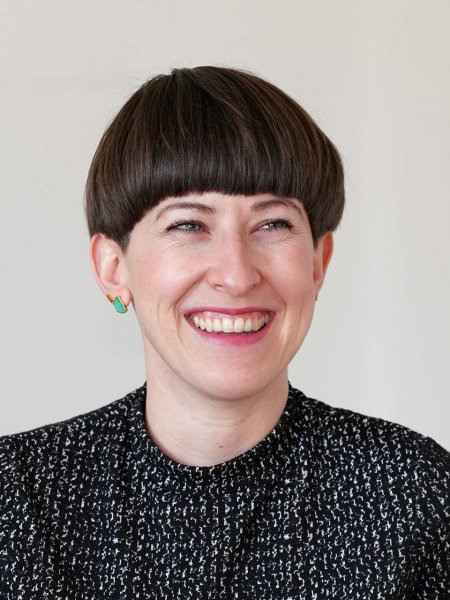Focusing on the exploration of "female architectural agency", the lecture draws on recent archival encounters with the estate of Marianne (1810-1883), Princess of Prussia (by marriage) and of Orange-Nassau (by birth). Marianne played a pivotal role in the financing, designing, and building of Castle Camenz in Prussian Silesia (present-day Kamieniec Ząbkowicki in Poland). Commissioned from the renowned German architect Karl Friedrich Schinkel (1781–1841), this castle stands as one of the largest executed castles in the region.
The lecture involves a dual examination. On the one hand, it scrutinizes recently discovered archival materials, including private and state-official correspondence, architectural drawings, and early photographs. These sources contribute to an understanding of Marianne's architectural education and comprehensive building agenda, which extends beyond Camenz to encompass numerous architectural commissions, renovations, and acquisitions in her name in Italy, the Netherlands, the Czech Republic, and Germany. On the other hand, the lecture situates these findings within the broader context of existing historiography, considering the role of architects involved, the significance of Castle Camenz, and Marianne's role in architectural narratives.
The overarching goal is to challenge and reevaluate persisting, overly simplistic, and derogatory stereotypes, particularly the prevalent notion of the "princess-as-patron." Instead, the lecture seeks to propose a fresh perspective that highlights the historically evident involvement of women in the field of architecture during the 1800s. This inquiry constitutes a case study that is part of a larger, ongoing research project on gender in architecture and its historiography before 1900.
Daugiau apie pranešėją:
Laura Hindelang is an Assistant Professor of Architectural History and Preservation and the director of the Master’s program Monument Preservation and Monument Management at the University of Bern, Institute of Art History. Her current research project focuses on gender in architecture and its historiography before 1900 in Europe and the Ottoman Empire.
Previous research resulted in her first monograph “Iridescent Kuwait: Petro-Modernity and Urban Visual Culture, since the Mid-Twentieth Century” (De Gruyter, 2022). The book is a transdisciplinary study of the intersection between urban planning, visual culture, contemporary art, and petroleum industrialization in the Arab Gulf region. She has published extensively on the Gulf countries’ architectural histories and the region’s material and visual culture. Laura Hindelang is a board member of Manazir – Swiss Platform for the Study of Visual Arts, Architecture and Heritage in the MENA Region and Manazir Journal. She is a founding member of the transdisciplinary research group OCMELA (Oil Cultures of the Middle East and Latin America).

